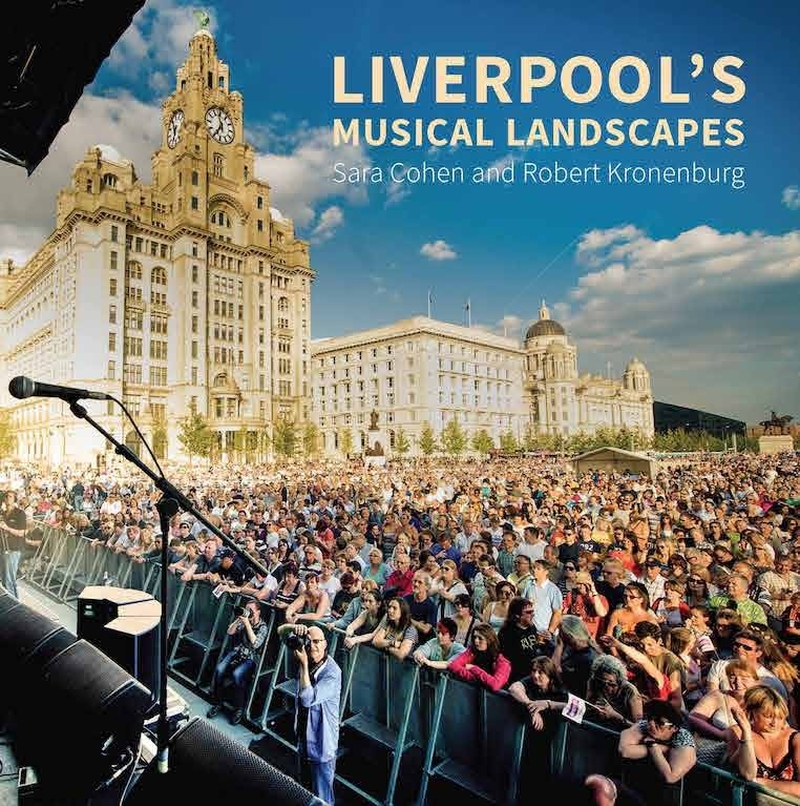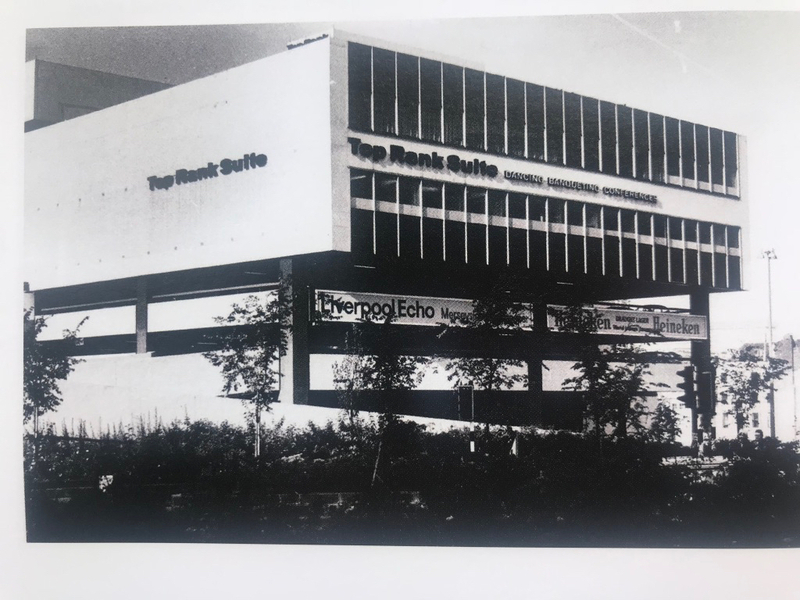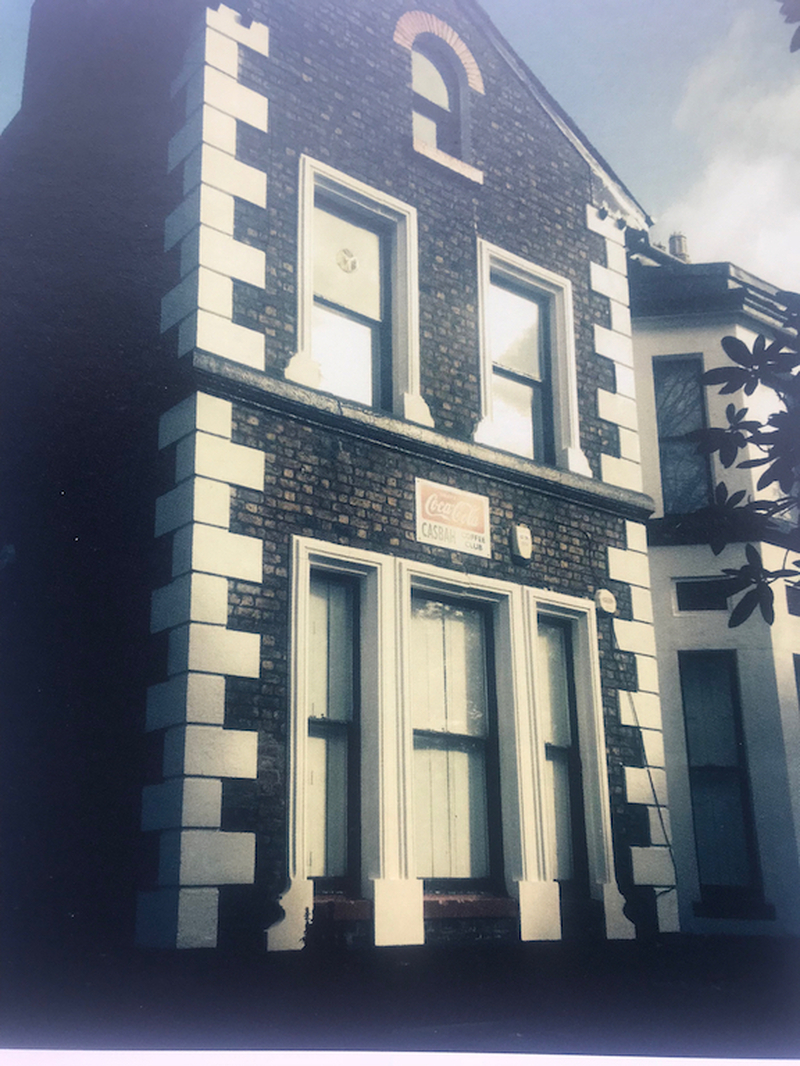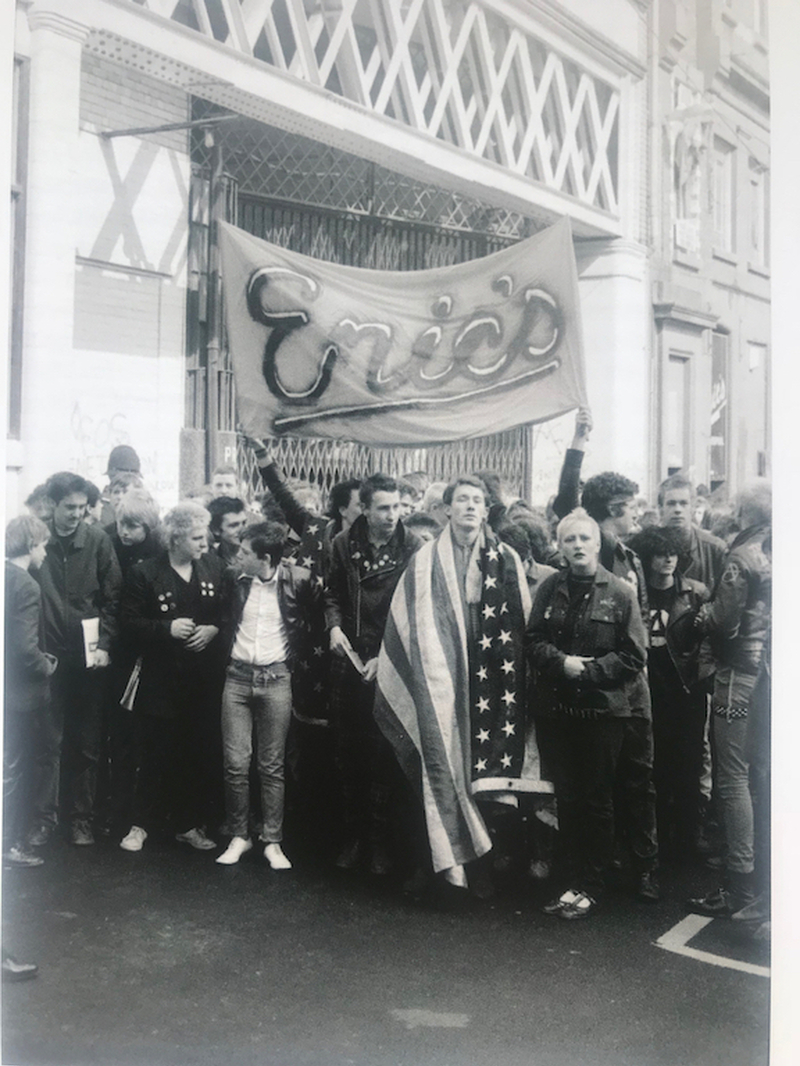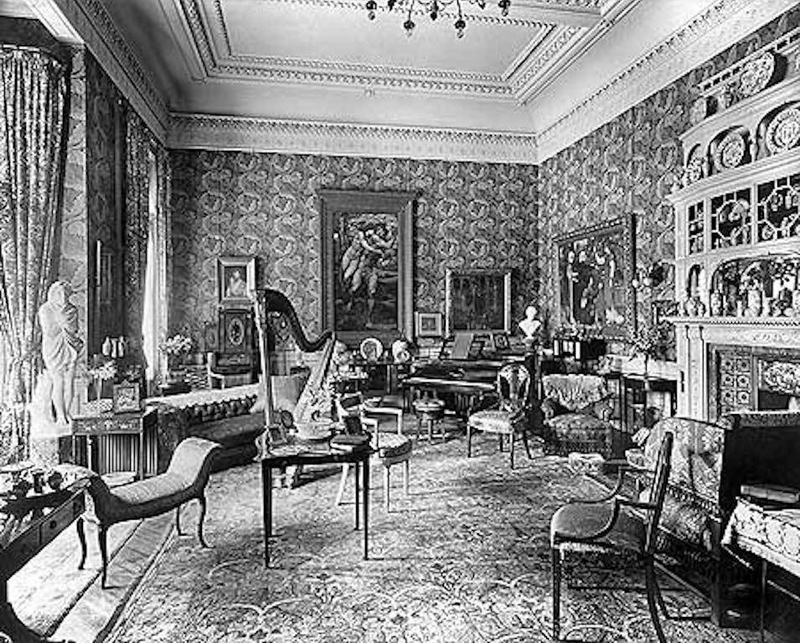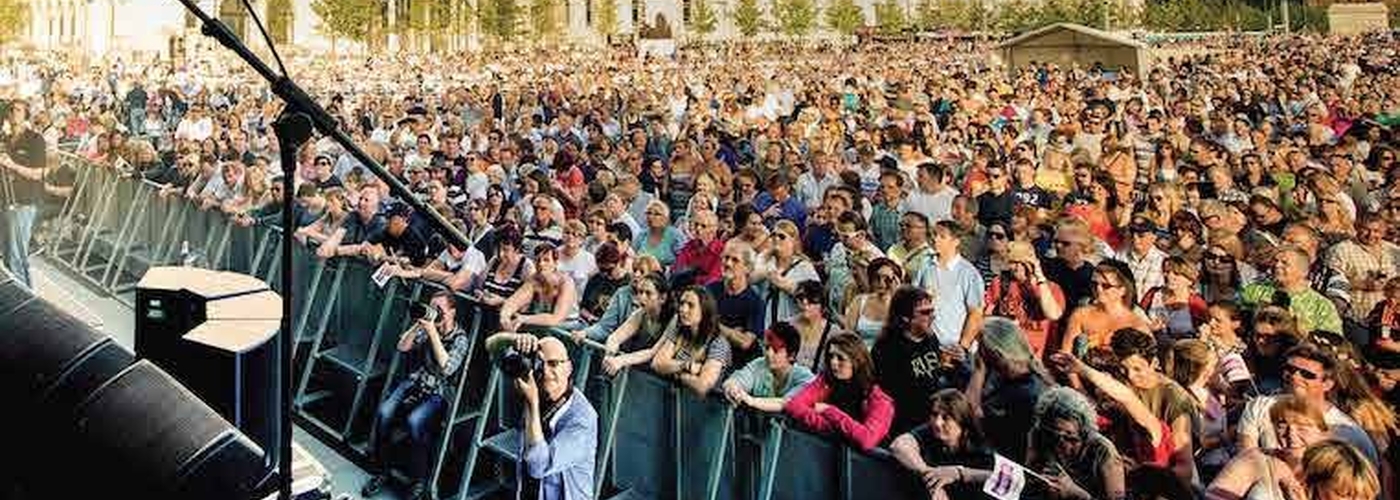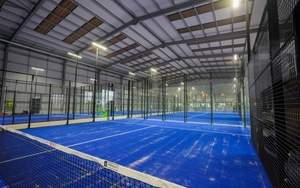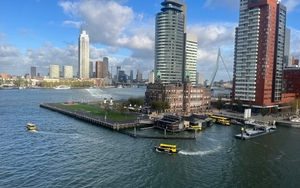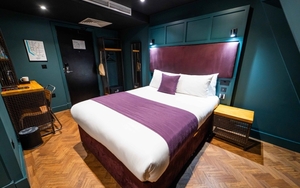Pictures brighten the day in this studious ramble around the city
THERE are scores of books and thousands more articles about Liverpool and the music that has come out of it. Once we stop factoring in The Beatles, however, the figure drops dramatically.
Enthusiasts will maybe point to Paul Du Noyer’s Wondrous Place -“From the Cavern to the Capital of Culture”- as the definitive volume on the wider Mersey “sound” and what happened after 1965 (quite a lot), but even that chronicle ends in 2008.
Within the sparse bookshelf on the subject, sans Fab Four, you will find Jaki Florek’s anthology of Eric’s, a Roger Eagle biography by Bill Sykes, the story of Deaf School (Du Noyer again) and another about The End fanzine.
You may also find two academic tomes from Sara Cohen, director of Liverpool University’s Institute of Popular Music: Decline, Renewal and the City in Popular Music Culture: Beyond the Beatles and Rock Culture in Liverpool - a study of the angst facing the city’s bands in the late 1980s - with a big focus on The Jacktars and Crikey it's the Cromptons!
Now Cohen has come up with a third, perhaps more user-friendly study of the subject as a way of telling us, in every sense, where it’s at.


Liverpool’s Musical Landscapes, published this week by Historic England, claims to be the first book to examine the whole of Liverpool’s popular music heritage (their words) by focusing on buildings and outdoor spaces for live music performance as well as on musicians and music.
Co-authored by architect Robert Kroneburg, who holds the Roscoe Chair of Architecture at the university, it’s a kind of Pevsner guide that takes us on a musical ramble through the past and present bars, cellars, pubs, function rooms and arenas in this recently appointed UNESCO City of Music.
“Liverpool’s musical landscapes are investigated in unprecedented detail and depth,” says the blurb. “Music has always been a key element in the creation of Liverpool’s architectural and urban character. And in turn the city and its physical architectural character have shaped its musical life. Sara Cohen and Robert Kronenburg are uniquely qualified to tell this complex and interwoven story.”
Weighing in at 264 pages, Liverpool’s Musical Landscapes is scholarly in tone but the rich use of photographs bring out some of the personality. They also save the day for the casual reader, with brief captions frequently revealing information not elaborated upon elsewhere in the bumper blocks of text. One example is a grainy image of Gary Potter and Friends at The Atlantic pub. Who he? Where’s that?, you might wonder. But better in than out.
Those who do wade into the copy will find plenty to inform with chapters on the concerts held by the Victorians in their grand houses going all the way through to gigs in the city’s cellars - including Freddie Mercury at The Sink, later The Magnet - and the big outdoor moments such as Larks In The Park, Earthbeat and the Mathew Street Festival. Bringing it bang up to the moment there are also praiseworthy looks at LIMF and Sound City.
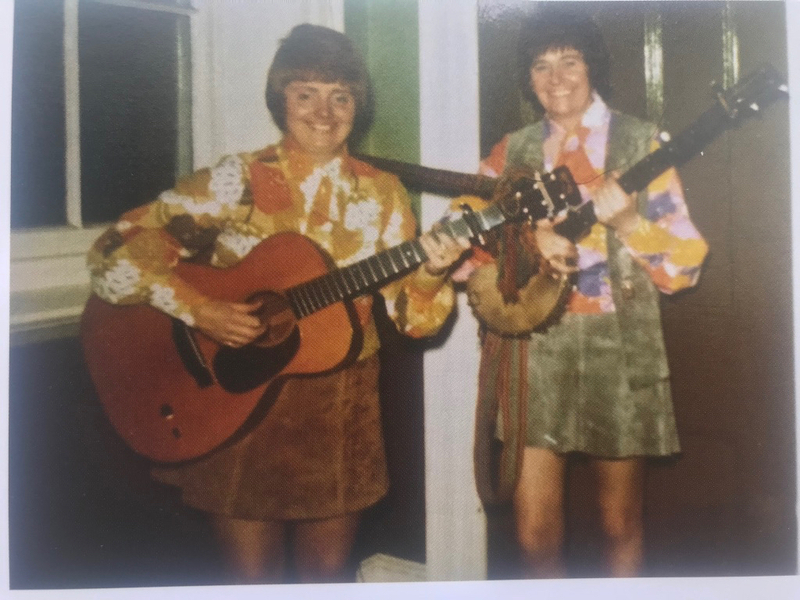
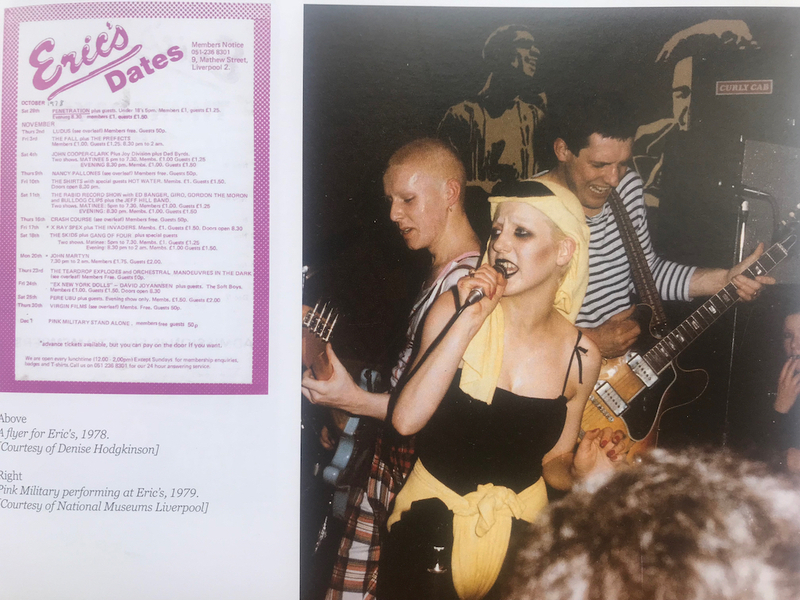
In fairness, one can’t help feeling that the authors have set themselves an onerous task with this “unprecedented detail and depth” bit. So for every look at the mainstream theatres, function rooms and more makeshift spaces that have housed live music down the last hundred and odd years - and this is certainly an exhaustive and largely successful effort - there are some omissions and sweeping oversights from recent history which those with a weather eye will be quick to notice.
The Warehouse is reduced to one line, even less for The State. Meanwhile, the Mardi Gras (off Bold Street and venue for Peter Coyle’s legendary 8Orgasms nights) fails to make the take all together, as do Club Zoo at The Pyramid, Plato’s Ballroom at Pickwicks, Macmillan’s and Quadrant Park which many view as up there with the Cavern and Eric's as a defining moment in musical and cultural history.
Perhaps you can’t please everyone and, indeed, there are many illuminating glimmers. There will be readers who did not realise that the prog rock/heavy metal club the Moonstone ever existed, let alone that it was housed in St John’s Precinct or its relevance on the scene before Eric’s. Ditto the Sportsman, the Top Rank Club and the Liverpool Stadium.
One for your certain age dad to ponder over this Christmas, and with a few revisions and corrections (eg: a picture of Big In Japan, captioned as Pink Military) it could make a worthy addition to the numbers on that small and lonely bookshelf.
Liverpool’s Musical Landscapes, Sara Cohen and Robert Kronenburg, published by Historic England, £25.
